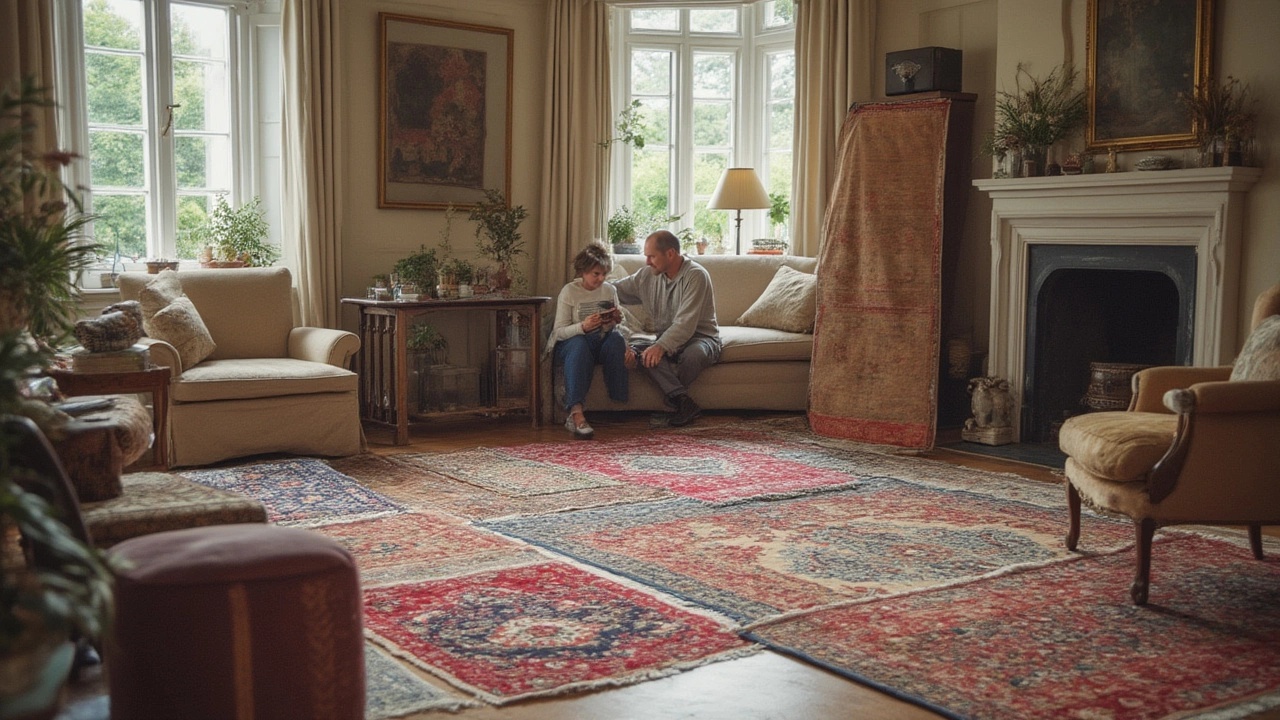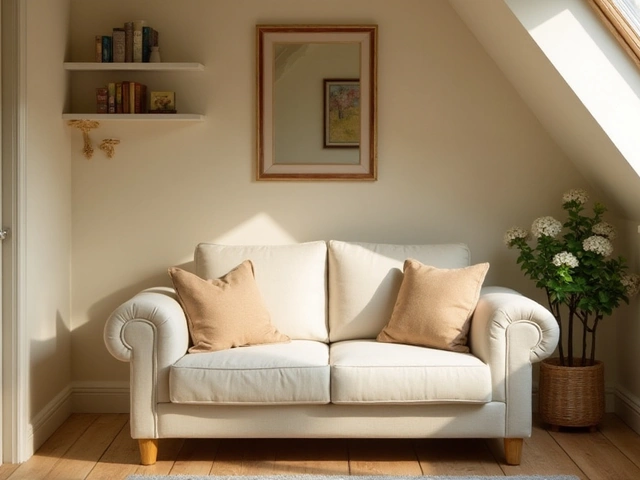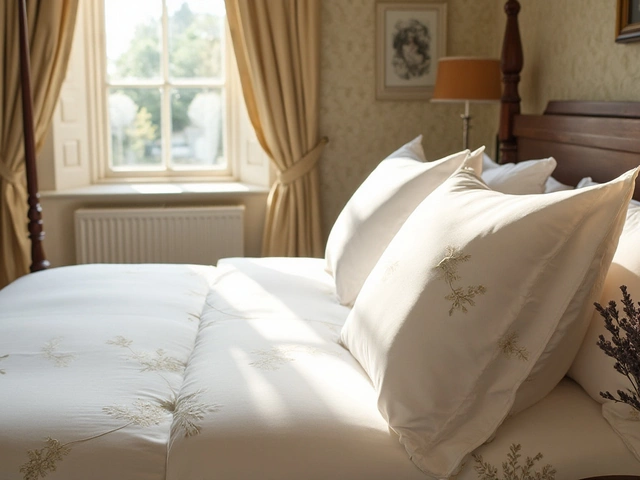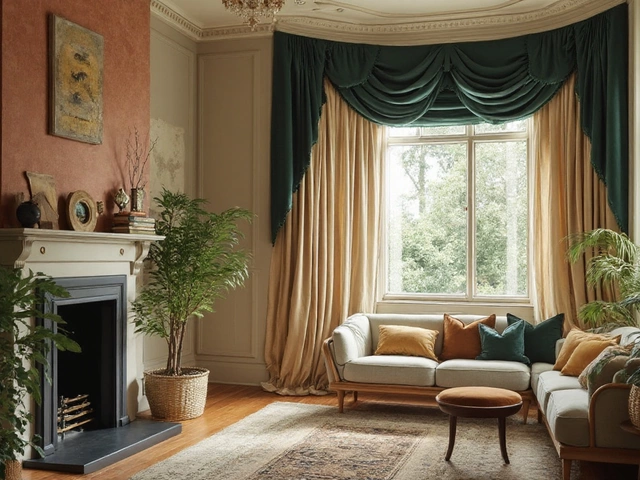Sticker shock hits fast when you shop for rugs. Anyone who’s searched for the perfect floor covering knows—that little rectangle of color is often the most expensive thing in the whole room. You might spot a gorgeous wool rug and wonder, “Why does this cost more than my couch?” It’s not just you. Even on massive sites like Wayfair or IKEA, prices jump from $59 for a simple one to well over $4,000 for something plusher, hand-knotted, and big. Are these prices for real? Are you just paying for a name? And most importantly, what’s the sweet spot where quality meets value? Let’s dig into what your money really gets you, why prices vary so much, and how to spot a great deal from a total rip-off.
Why Rug Prices Swing So Wildly
Walk into a store, or start browsing online, and you’ll stumble across a polyester area rug for under $100 and a vintage Persian beside it with a $12,000 tag. No, it’s not a typo—the rug world has massive swings in pricing, and there’s no straight answer until you look under the surface. What’s the fuss? The main factors hiking up prices are material, size, method of production, origin, age, and brand. Let’s break that down.
Material is king here. Rugs made with synthetic fibers like polypropylene or nylon will cost a fraction of what natural fibers like wool or silk demand. Synthetic rugs, on average, cost 50-80% less than wool ones of the same size. Why? Synthetics are mass made and tend to wear faster. Wool lasts longer, feels richer, and naturally repels stains. Silk rugs are in a whole other world, prized for their sheen and delicacy and often costing more than $600 per square foot in high-end cases. Then there’s the method. Machine-made rugs zip off assembly lines and earn a cheaper price tag. Hand-tufted rugs (made with a gun that shoots yarn into a canvas) take a little more work and sit somewhere in the mid-price range. But hand-knotted rugs? Those are the masterpieces people brag about for generations—and the reason for jaw-dropping prices. A skilled artisan might tie up to one million knots in a single 8x10 rug, traditionally taking months of work. That labor cost is very real and shows up on your bill.
Size plays an obvious role. A 3x5’ rug can cost less than $100, even for decent quality, but blow it up to 9x12’, and you’re suddenly shopping in the thousand-dollar league, especially with fine materials. Location matters too—Persian or Turkish rugs have freeze-framed old-world skills in their price, and vintage or antique versions carry extra value because of rarity and history. High-end designer brands play their part in pricing as well, tacking on hundreds (if not thousands) just for their label. Check out Jonathan Adler or West Elm, and you’ll see rugs marked up for style and name recognition.
If you want hard numbers, let’s look at some market data from 2025:
| Material | Handmade (8x10 ft) | Machine-made (8x10 ft) |
|---|---|---|
| Wool | $3,000 – $10,000 | $400 – $1,200 |
| Synthetic | $500 – $1,500 | $100 – $700 |
| Silk | $8,000 – $40,000 | Rare |
| Cotton | $900 – $3,000 | $200 – $600 |
Do those numbers seem crazy? Think about how a rug’s price plays out over years of use—wool and hand-knotted types will often look better a decade later, while cheap polyester versions show age in just a year or two. So the wild price differences really boil down to what you want out of your rug: fashion, function, or a family heirloom.
Where Does the Money Go? The Real Breakdown
You know when you buy a designer handbag, part of what you pay is branding, but a big piece goes toward quality control, design, materials, and sometimes, handmade touches. Rugs are a lot like that. At the budget end, a $150 rug from a big-box store is likely synthetic, machine-made, and produced in massive runs. The cost to make it may be just $30 to $50, with the markup covering logistics, store profits, and shipping. They’re great for quick fixes, renters, or spaces you don’t want to stress about. But they won’t last long before getting threadbare or pilling, and cleaning can be a drama all its own.
For handmade or hand-tufted rugs, labor soaks up at least half the cost. According to figures shared by the GoodWeave Foundation, a nonprofit tracking ethical rug production, artisan wages and facility costs counted for about 50-60% of a hand-knotted rug’s final price. The rest is divided between wool or silk purchase, natural dyes, middlemen, shipping, importer and vendor markups, and yes, designer brand premiums. Want a rug dyed with natural indigo and woven with premium Ghazni wool from Afghanistan? That’s a whole extra layer of expense layered on. Antique or collector’s rugs climb fastest since there’s no way to reproduce them—age, rarity, and perfect condition become priceless.
But there’s a happy middle: mid-priced rugs ($400-$1,500 for an 8x10 in decent wool or a lush synthetic blend) are designed for real-life use with style. Many are now made in Turkey, India, or Morocco, where skilled labor costs less but the craft is strong. Watch for rugs with a dense pile (over 140 knots per inch is ideal for longevity), reinforced edges, and clear, colorfast dyes. They give you looks, touch, and lifespan without the major wallet hit.
What about mass market chains or online-only retailers? They’re great for choice and price but watch out for fake hand-knotted claims or mysterious “blends.” Always check the label—and the return policy. If the seller can’t explain what’s in the rug or how it’s made, it’s a red flag.
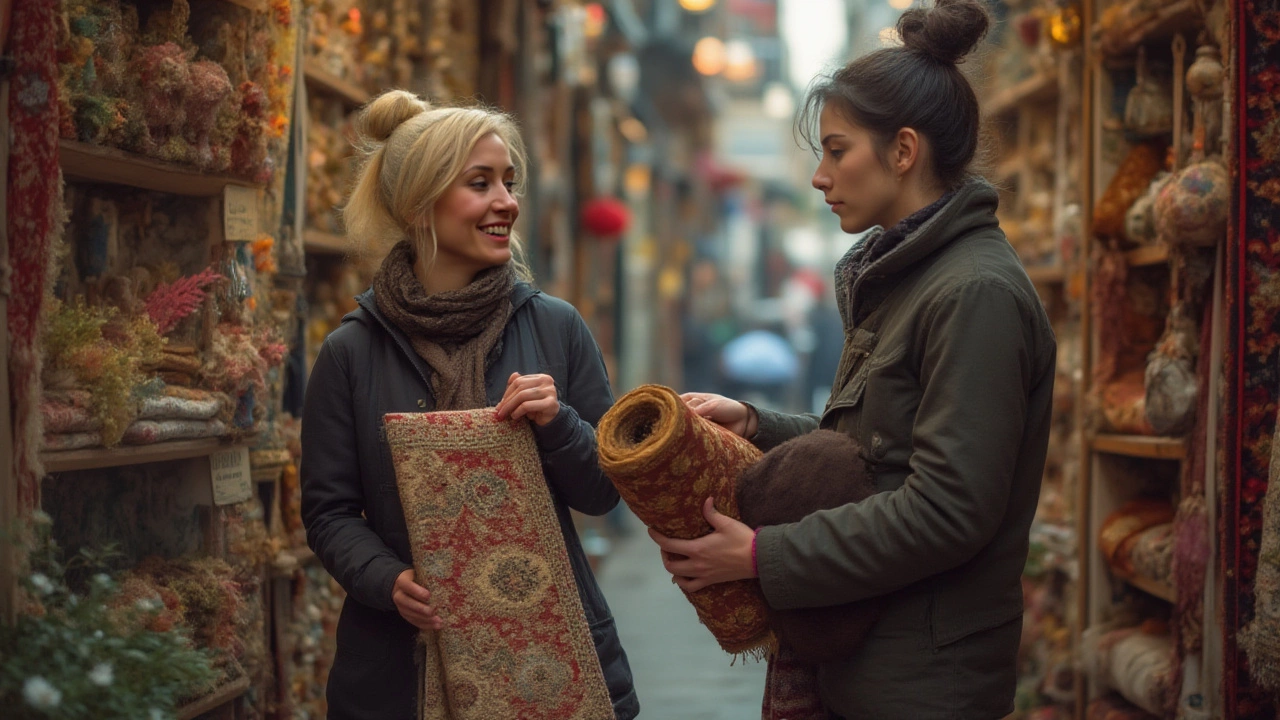
How to Know If You’re Getting a Good Deal
The question “how much should a good rug cost?” depends hugely on what you need it for and what counts as “good” in your book. Is it softness, durability, eco-friendliness, or style that matters most? A $1,500 wool rug might sound steep, but if it’s the only rug you’ll need for the next 15 years (with easy cleaning and zero fraying), that’s about $100 a year—a better deal than buying three cheap rugs over the same timeframe. Life with kids, pets, shoes off, allergies, and foot traffic all matter. For a family room or entry with lots of action, a mid-range wool or synthetic machine-made rug often does the trick. If you want one for formal spaces, go higher end, and don’t stress as much about traffic.
Here’s a cheat sheet on what you get at different budgets for an 8x10:
- Under $300: Machine-made, synthetic fibers, basic patterns. Great for trend-chasers but not investment pieces.
- $400 – $900: Higher-end machine-made rugs, often wool blends or hand-tufted. Twice the lifespan, way easier on the feet, more sophisticated colors.
- $1,000 – $4,000: Premium wool, hand-knotted or luxury hand-tufted, mostly from Turkey, India, or Morocco. You’ll feel, and see, the difference in tightness and pattern clarity.
- Over $5,000: Signature designer, Persian or Turkish antiques, pure fine wool or silk, hand-knotted, and sometimes custom. These are generational treasures.
I always tell friends to ignore brand name and focus on what’s underfoot. Touch the rug if you’re in-store; if it sheds, pills, or feels rough, move on. Read online reviews for real-world dirt about shedding, wear, and color fading. Many shops now let you return rugs if you hate them after a week—don’t be shy. One hidden secret: outlet sales, estate sales, or auctions are gold mines for big savings on hand-knotted rugs, often at half new price (and sometimes less). Watch auction sites or even Craigslist for jaw-dropping deals from folks moving or downsizing.
There’s also a new push for rug “subscriptions” and renting, great if you like to swap out looks every year or don’t want to drop big cash up front. Look into companies like Ruggable or Revival for changeable, washable rugs where style is king and price stays in check.
Tips for Buying Smart and Avoiding Regret
If you just want something cute for a couple years—or your dog makes messes daily, nobody’s judging if you skip the heirloom option and buy cheap. But a few tricks will help you get more for your money.
- Don’t guess on size. Measure your space. An 8x10 rug looks great under a queen bed or in a big living room, but too big/small and it can throw off the entire vibe.
- Check for stain resistance. Especially key for families and pet lovers. Synthetic blends clean up easier, and many rugs now come with built-in stain blockers.
- Feel both sides of the rug. Backing quality shows attention to detail. If it’s rough, patchy, or obviously glued (especially if it smells like plastic), it won’t last.
- Ask for certifications. Rugs certified by GoodWeave or RugMark mean no child labor, and you’re likely paying for higher standards in dye and fiber processing.
- Try before you buy, or buy from shops with hassle-free returns. Colors look different at home versus in-store or on your phone screen.
- For high-traffic areas, lower pile height (under 0.5 inches) holds up longer and traps less dirt.
- Don’t let “handmade” sway you unless you want history or investment. Some machine-made rugs pass for handmade at a glance, especially for geometric or modern designs.
- If you want true vintage or antique, buy from a dealer who provides provenance (the rug’s origin and age). Auction houses or certified antique dealers are best for these finds.
- Clean up smart. Wool loves a brush and basic soap, never harsh chemicals. Synthetic rugs often manage with a quick power vacuum. Higher cost doesn’t mean harder care, but read the label first.
Finally, and maybe most importantly, trust your gut. If you step on a rug and grin, if you love its story or how it makes your whole room come alive, it’s worth more than anything you could pay. And, for most people buying today, rug prices matter—but feeling at home matters much more.

